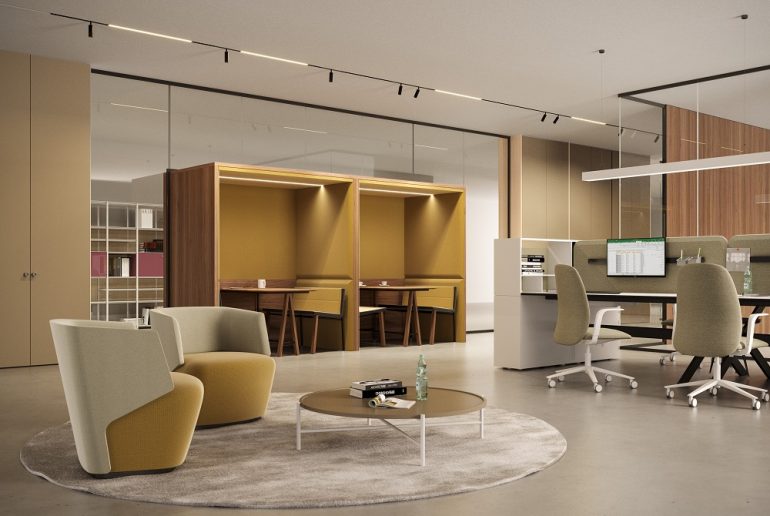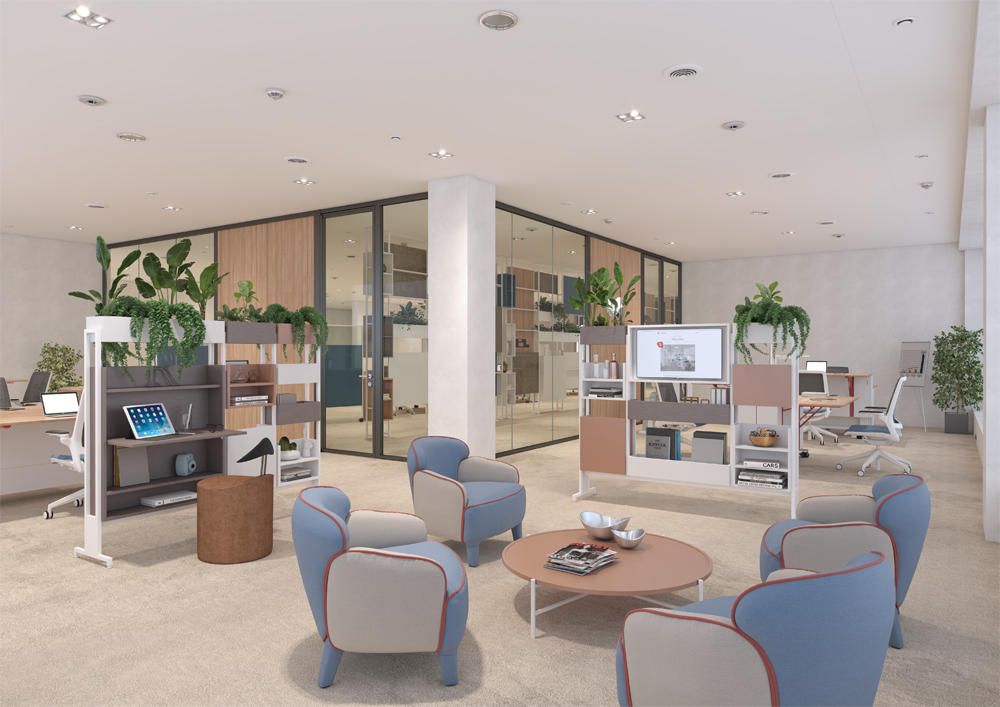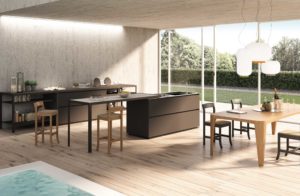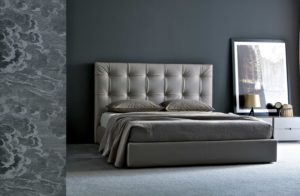Hybrid work does not kill the office, it will gives it new life

Why go back to work in the office? This is a question that many are asking themselves after two years of the pandemic. After all, this two-year period has revolutionized the way of working, giving a powerful acceleration to change. And, in some cases, it has led to questioning priorities, seeking a better balance between professional life and private life. As noted in a previous article, the new normal today is called hybrid work. A mix of remote and face-to-face activities destined to become increasingly integrated also thanks to new technologies. Evolution is destined not to stop and companies must be able to keep up.
Flexible is better
The challenge for companies is very ambitious: to provide employees with a work experience that is as personalized as possible. After all, as evidenced by a recent survey by the Gensler Research Institute, the needs of workers have changed. The watchword has become flexibility. Flexibility in managing one’s time, but also flexibility in working spaces. The latter should stand out for:
- versatility;
- intelligence;
- sustainability.
To get there, it is essential to (re) define the corporate identity, also listening to the voice of the employees. In this way you avoid finding yourself with modern and beautiful environments, but not very practical for users.
One office, many worlds
More functional spaces pass through a flexible layout, capable of adapting to different uses and different users. And, at the same time, able to combine safety and hospitality. This is what the Estel Italian Smart Office collection aims to do: furnishing solutions to improve productivity and well-being. This means, for example, being able to dispose of:
- areas dedicated to networking, between meetings and brainstorming sessions;
- area for privacy and for highly concentrated work.

It is also essential to take recreational moments into account in the design phase. From this point of view, modern work environments are increasingly enriched with spaces reserved for relaxation and socialization, such as dining rooms, gyms or green areas. Thinking of dedicated areas does not necessarily mean speaking of large spaces. There are, in fact, solutions, such as movable partition walls, which allow the space to be remodeled according to the working needs that arise.
Discover our Italian Smart Office Collection
Smartness e sustainability
Returning to the office does not therefore mean returning to the past. Hybrid work, by nature, does not require all staff to be present at the same time. Consequently, there is no need to set up a desk for each individual employee. In short, goodbye to the desk “owned”. Today there are smartphone apps that allow those who want to go to the office to reserve a workstation. If necessary, even choosing one close to colleagues with whom you will have to collaborate.
Speaking of technology, artificial intelligence also makes its contribution. Making the workplace a more efficient, productive, inclusive and pleasant place to live involves small but not trivial measures. From sensors that adjust the height of the desk to improve ergonomics to those that contain the load of air conditioners when the office is not busy. Passing through windows that automatically convey the entry of light based on climatic conditions.



